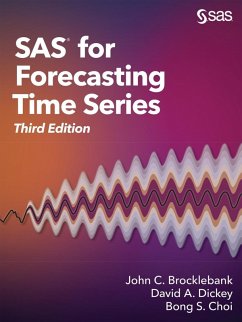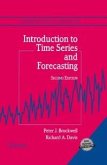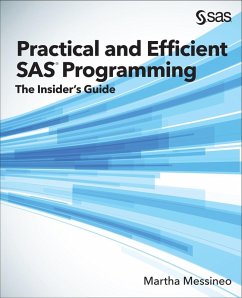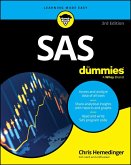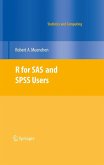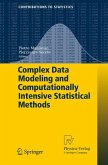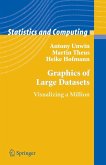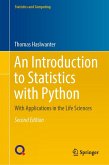To use statistical methods and SAS applications to forecast the future values of data taken over time, you need only follow this thoroughly updated classic on the subject. With this third edition of SAS for Forecasting Time Series, intermediate-to-advanced SAS users-such as statisticians, economists, and data scientists-can now match the most sophisticated forecasting methods to the most current SAS applications.
Starting with fundamentals, this new edition presents methods for modeling both univariate and multivariate data taken over time. From the well-known ARIMA models to unobserved components, methods that span the range from simple to complex are discussed and illustrated. Many of the newer methods are variations on the basic ARIMA structures.
Completely updated, this new edition includes fresh, interesting business situations and data sets, and new sections on these up-to-date statistical methods:
Focusing on application, this guide teaches a wide range of forecasting techniques by example. The examples provide the statistical underpinnings necessary to put the methods into practice. The following up-to-date SAS applications are covered in this edition:
Each SAS application is presented with explanation of its strengths, weaknesses, and best uses. Even users of automated forecasting systems will benefit from this knowledge of what is done and why. Moreover, the accompanying examples can serve as templates that you easily adjust to fit your specific forecasting needs.
This book is part of the SAS Press program.
Hinweis: Dieser Artikel kann nur an eine deutsche Lieferadresse ausgeliefert werden.
Starting with fundamentals, this new edition presents methods for modeling both univariate and multivariate data taken over time. From the well-known ARIMA models to unobserved components, methods that span the range from simple to complex are discussed and illustrated. Many of the newer methods are variations on the basic ARIMA structures.
Completely updated, this new edition includes fresh, interesting business situations and data sets, and new sections on these up-to-date statistical methods:
- ARIMA models
- Vector autoregressive models
- Exponential smoothing models
- Unobserved component and state-space models
- Seasonal adjustment
- Spectral analysis
Focusing on application, this guide teaches a wide range of forecasting techniques by example. The examples provide the statistical underpinnings necessary to put the methods into practice. The following up-to-date SAS applications are covered in this edition:
- The ARIMA procedure
- The AUTOREG procedure
- The VARMAX procedure
- The ESM procedure
- The UCM and SSM procedures
- The X13 procedure
- The SPECTRA procedure
- SAS Forecast Studio
Each SAS application is presented with explanation of its strengths, weaknesses, and best uses. Even users of automated forecasting systems will benefit from this knowledge of what is done and why. Moreover, the accompanying examples can serve as templates that you easily adjust to fit your specific forecasting needs.
This book is part of the SAS Press program.
Dieser Download kann aus rechtlichen Gründen nur mit Rechnungsadresse in A, D ausgeliefert werden.
Hinweis: Dieser Artikel kann nur an eine deutsche Lieferadresse ausgeliefert werden.

